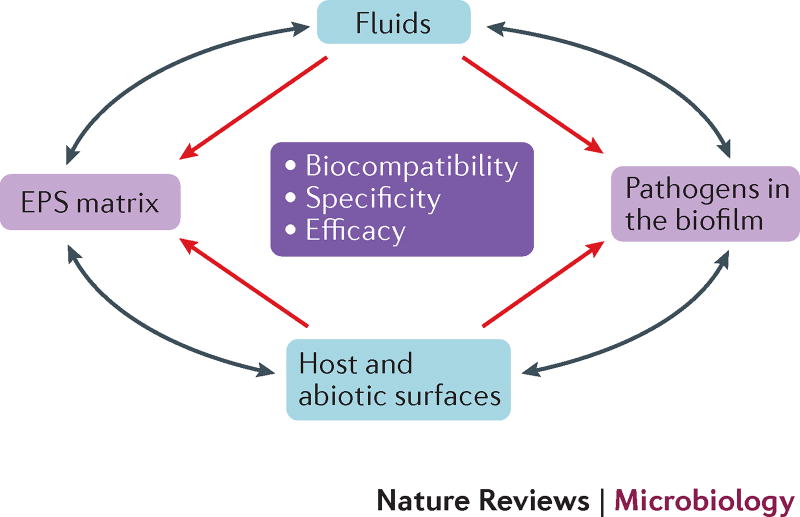Figure 4. Multi-targeting approach to combat biofilms.
The physical and biological complexity of biofilms and tolerance to antimicrobials render them less susceptible to conventional therapeutic approaches. Biofilm targets include microbial cells (often polymicrobial communities) and the EPS matrix, and therapeutics can be delivered from the overlying surrounding biological fluid as well as the surfaces of the medical devices themselves. We envision exogenous approaches (such as adhesion-targeting materials and coatings, and adhesin-blocking agents) to complement or synergize with endogenous activation (such as immunity modulation) to prevent microbial attachment to host or abiotic surfaces in patients. Likewise, a combination of approaches that degrade the protective matrix, activate dispersal, and target the resident pathogens, persisters and dispersed cells without affecting commensals may be required to eliminate existing biofilms. Long-term effects of modified surfaces in the presence of biological fluids as well as enhanced drug penetration properties and a decrease in toxicity or allergic reactions are required for in vivo efficacy. These combined with clinically relevant treatment regimen (either topical or systemic) and long-term effect assessment should help successfully translate the hypothetical concepts into the clinic. The grey arrows indicate that biofilm bacteria and EPS can move or interact between the surface and fluid phases.

